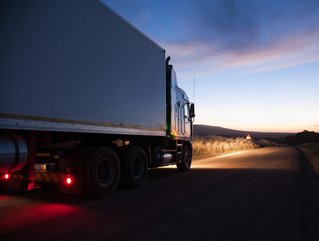New vehicles designed by Volvo Trucks set to cut CO2 emissions by 20 to 100%

Volvo Trucks is now launching new trucks that can cut CO2 emissions by 20 to 100%.
Due to the company’s new focus on energy efficiency and environmental impact, it has created two new heavy, long-haul vehicles that will drastically lower climate impact.
Volvo are offering Euro 6-compliant, gas-powered trucks that match the performance and efficiency of diesel-powered trucks but have a significantly lower climate impact.
The Volvo FH LNG and the Volvo FM MNG can run on either biogas, which can cut CO2 up to 100%, or natural gas, which reduces CO2 emissions by 20% compared to using diesel.
When compared to the current gas-powered trucks that are currently on the market, Volvo new launch will be using 15% to 25% less fuel.
SEE ALSO:
-
AA and BT: infrastructure investment needed to support growth of electric vehicle market
-
Royal Mail to begin trialling electric vehicles across London
-
Bosch: synthetic fuels can make combustion engines CO2-neutral
Mats Franzén, Product Manager Engines at Volvo Trucks, commented: “Our new trucks running on liquefied natural gas or biogas produce a far smaller climate footprint than diesel trucks do.
“In addition, they are much more fuel-efficient than the gas-powered trucks available on the market today.”
“This makes gas more viable as a replacement for diesel even for heavy long-haul operations.”
For an operator that covers 120,000 km per year in heavy transport, by choosing natural gas instead of diesel it can cut CO2 emissions by 18 to 20 tonnes. With the huge 264,000 heavy trucks registered within the EU last year, this has great potential for reducing emissions.
“We regard LNG as a long-term first choice alternative to diesel, both for regional and long-haul truck operations where fuel efficiency, payload and productivity are crucial,” stated Lars Mårtensson, Director Environment and Innovation at Volvo Trucks.
“With a higher proportion of biogas, climate impact can be reduced far more. For transport operations in urban environments, where range is not as critical, electrified vehicles will play a greater role in the future.”






